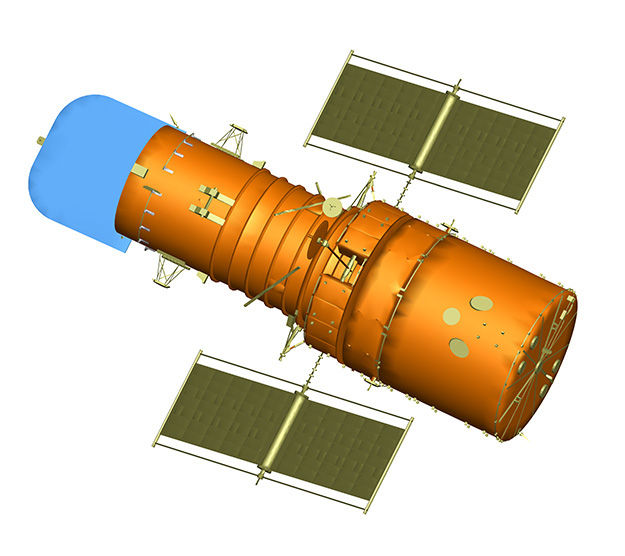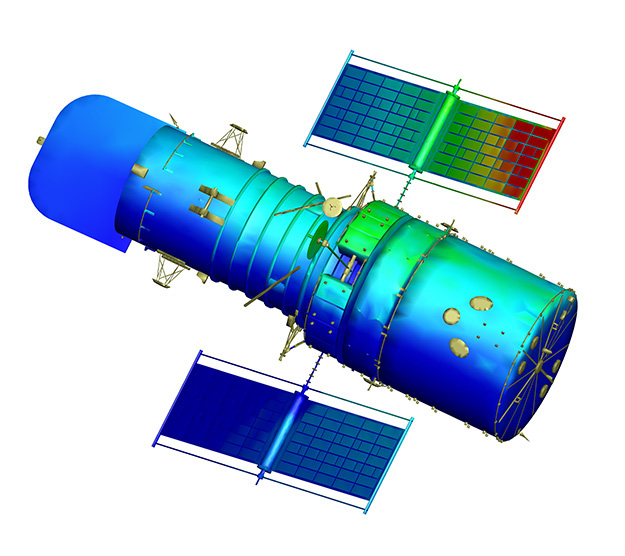We developed Attila4MC® to help MCNP® users become more productive. Attila4MC provides robust CAD integration that mostly eliminates the need for model cleanup and defeaturing, an easy-to-use graphical user interface, single-click weight windows variance reduction (Attila4MC-Cottonwood®), and insightful solution visualization. Attila4MC can dramatically streamline your analysis workflow and enable your organization to effectively integrate detailed Monte Carlo simulations into your product design cycle.
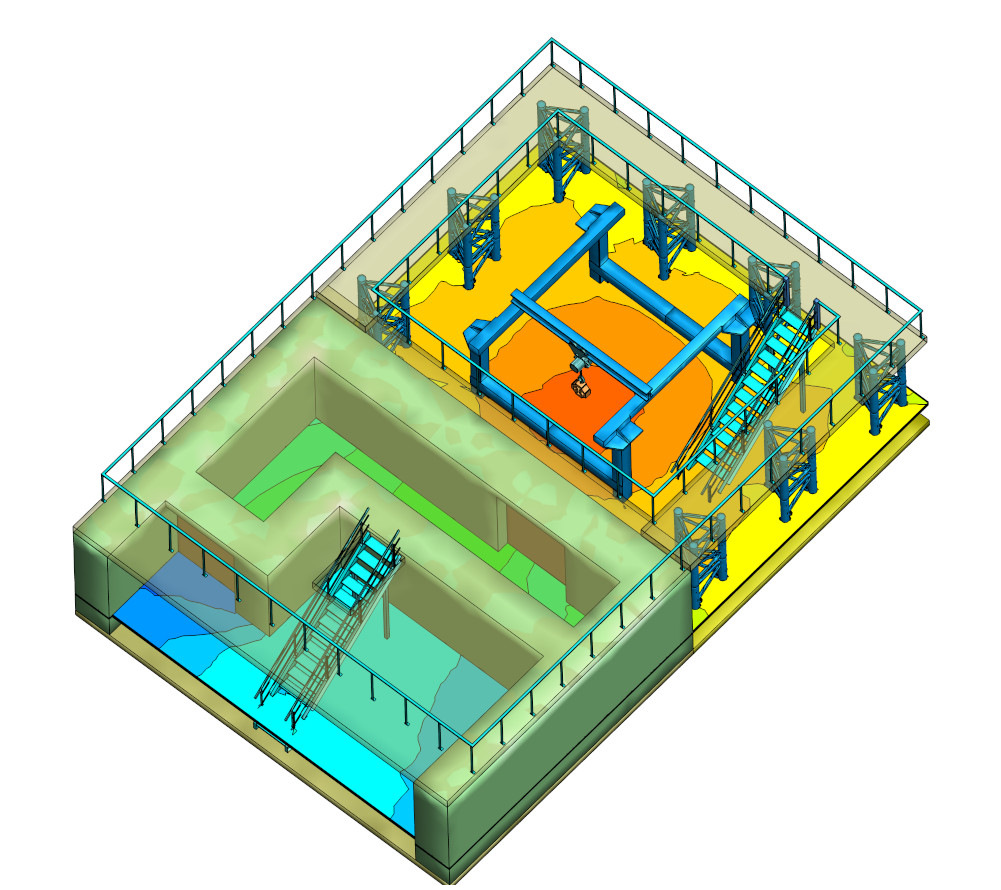
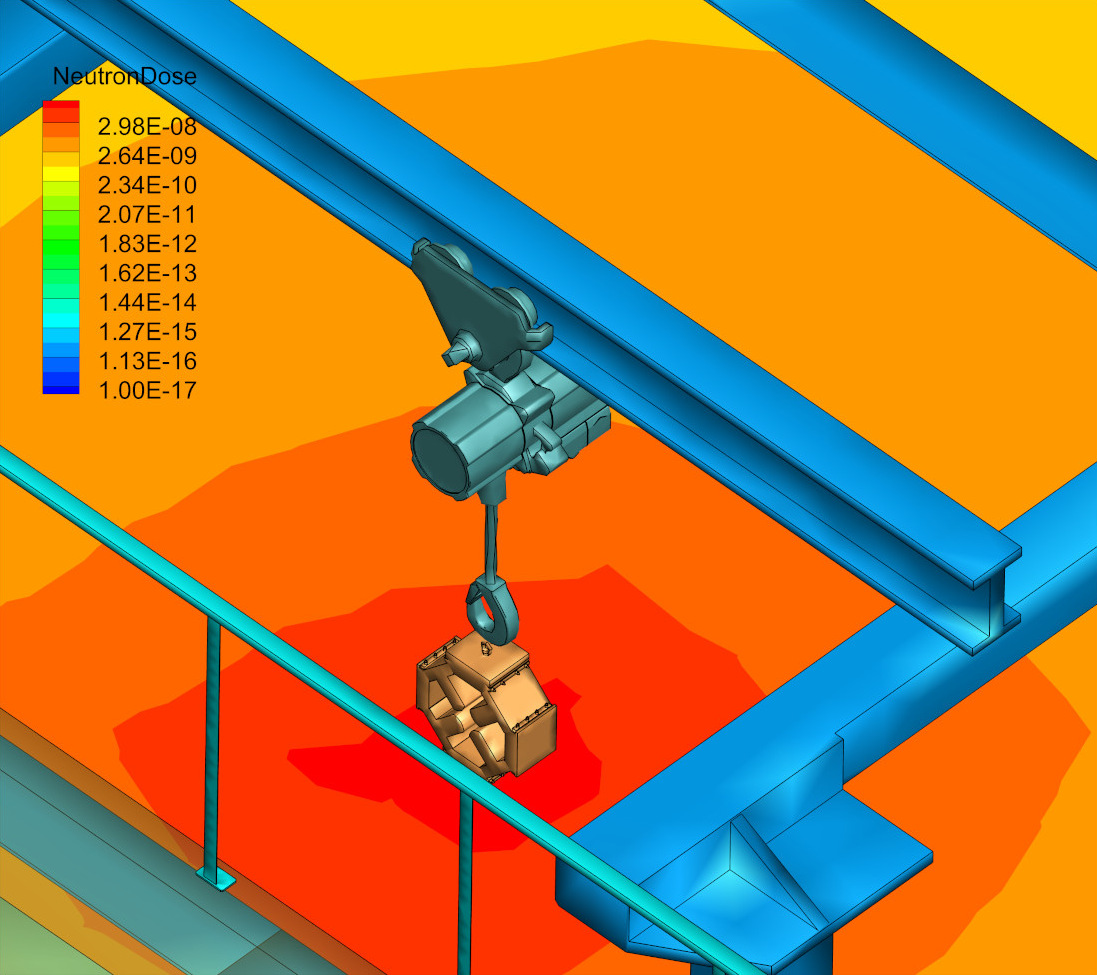
Attila4MC supports robust CAD integration for MCNP, enabling users to import complex CAD assemblies with hundreds or thousands of parts, without requiring significant CAD cleanup or simplification. By eliminating the need for days or weeks of costly user time to prepare CAD models for analysis, this workflow enables the effective integration of detailed Monte Carlo simulations throughout the design cycle.
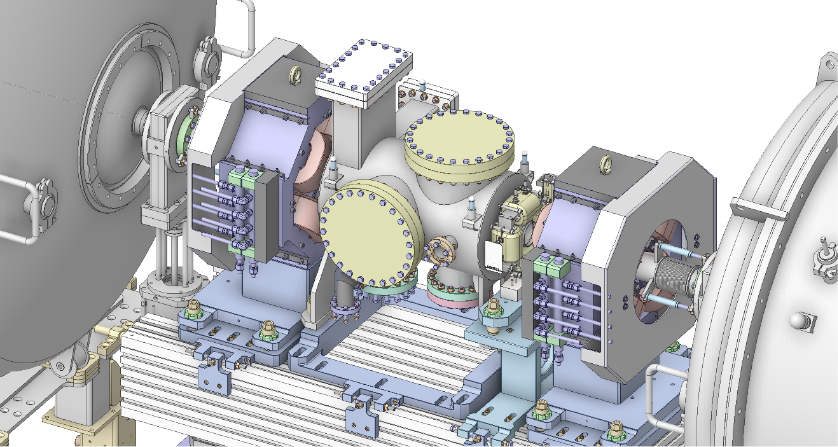
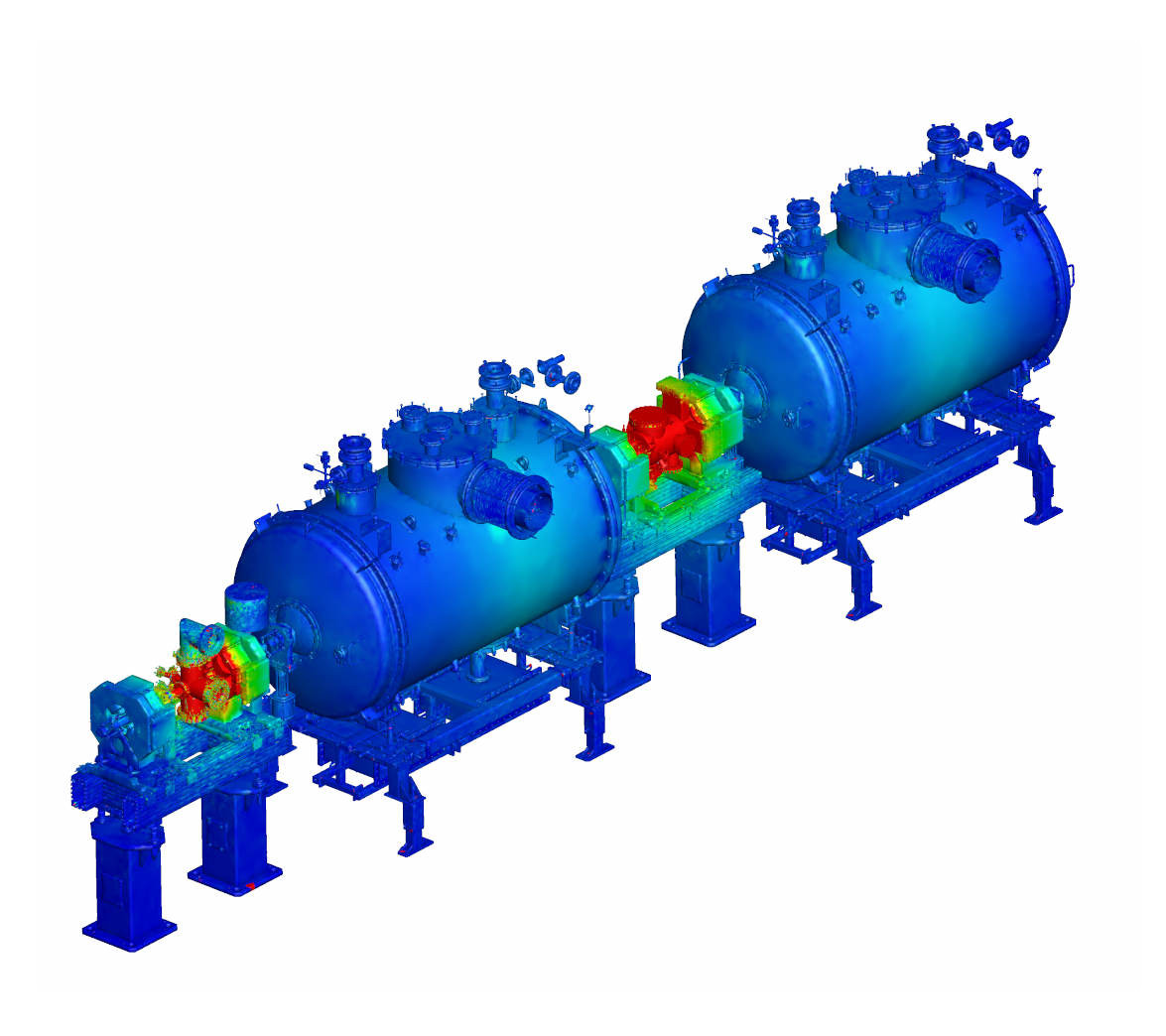
European Spallation Source: Courtesy of Elena Donegani
Attila4MC provides an easy-to-use, process based graphical user interface (GUI) for setting up MCNP calculations. Most fixed source calculations can be setup entirely through the GUI, including volume source definitions, material creation, material-to-region assignments, solver controls, variance reduction, and tally specifications. To aid in verification, regions can be visualized by material assignment. Time saving features, such as automated material-to-region assignments based on CAD part names, help minimize user errors and streamline the setup of complex models.
The Attila4MC generated MCNP input decks are heavily commented and easily readable, facilitating verification and modification for advanced cards not supported in the GUI. MCNP can be directly run from within the Attila4MC GUI, or Attila4MC can automatically pack the MCNP input files to be run on another machine.
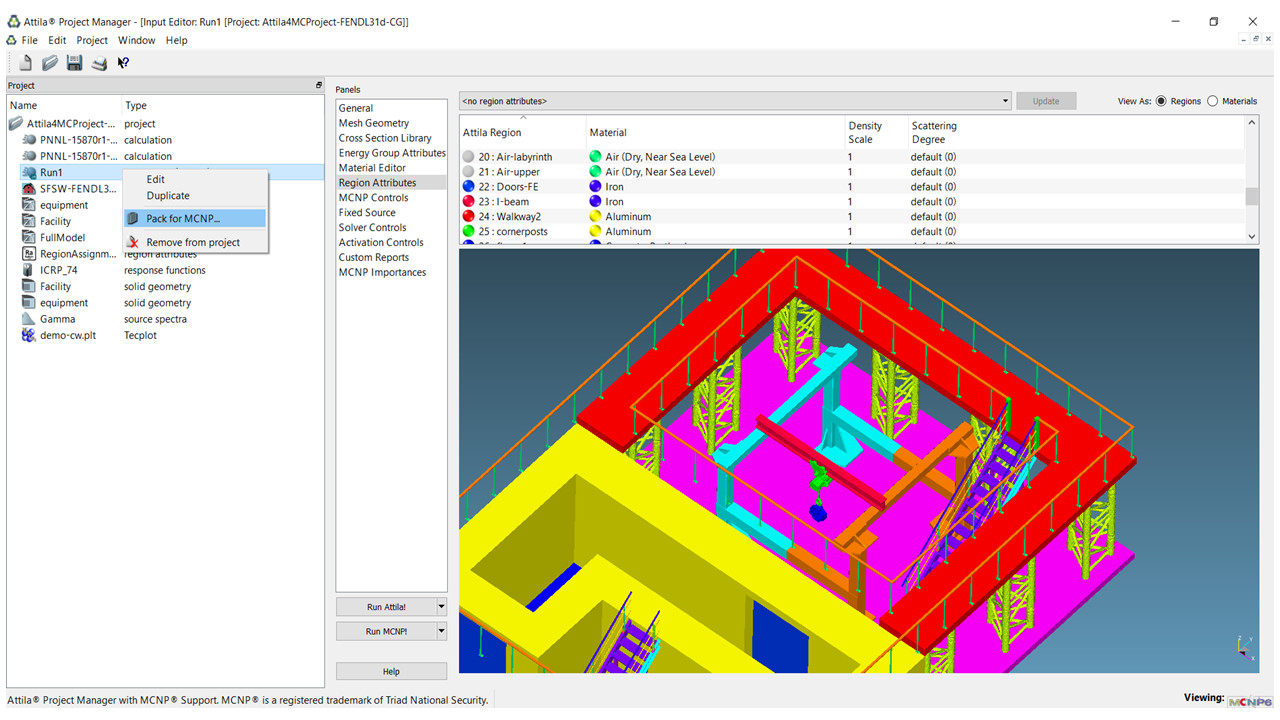
Attila4MC provides single-click CADIS1 and FW-CADIS2 variance reduction powered by the Attila4MC-Cottonwood module. Cottonwood provides efficient and automatic variance reduction for models of any geometric complexity.
The images below show a scenario with a Co-60 source inside a 30 cm thick steel cask, inside a 100 cm thick concrete walled room. FW-CADIS was used to calculate dose in the outer room, where the dose drops off ~13 orders of magnitude from inside the cask. MCNP using Attila4MC was run with 5.0E+07 histories. The entire calculation, including deterministic calculation time for weight window generation, was accomplished in 1 hour on a laptop with 8 cores.
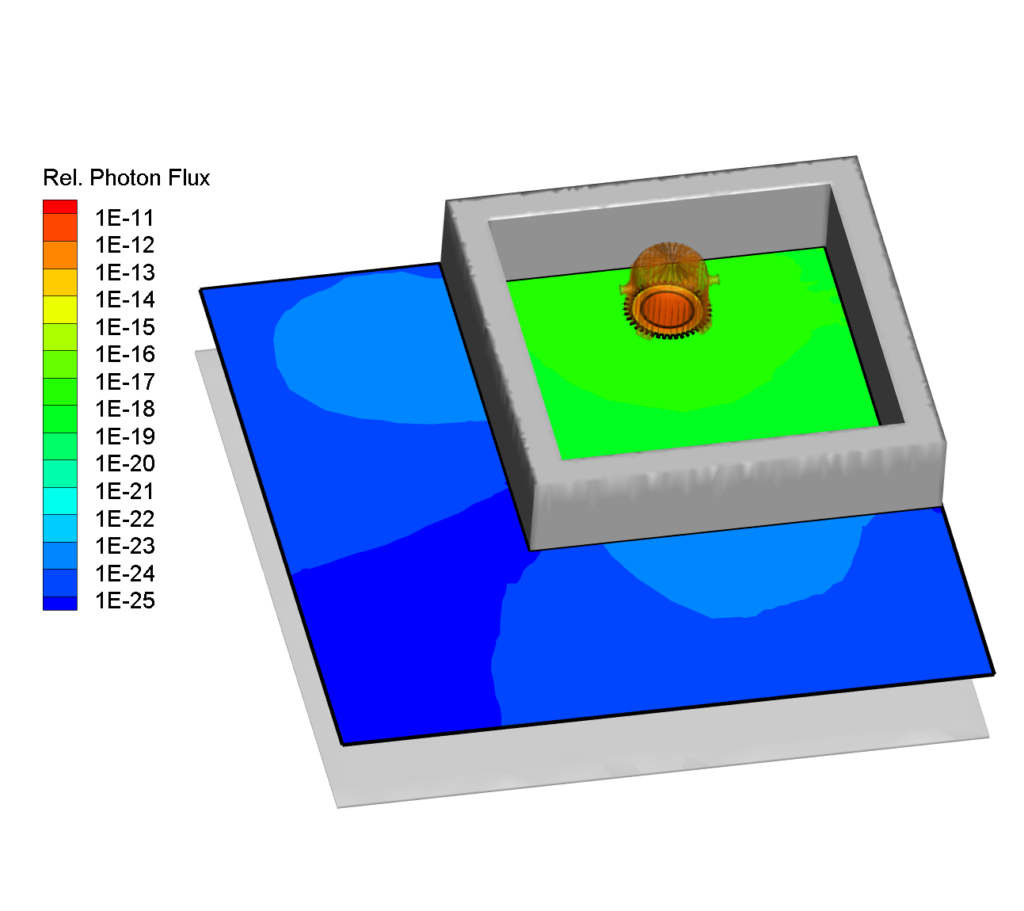
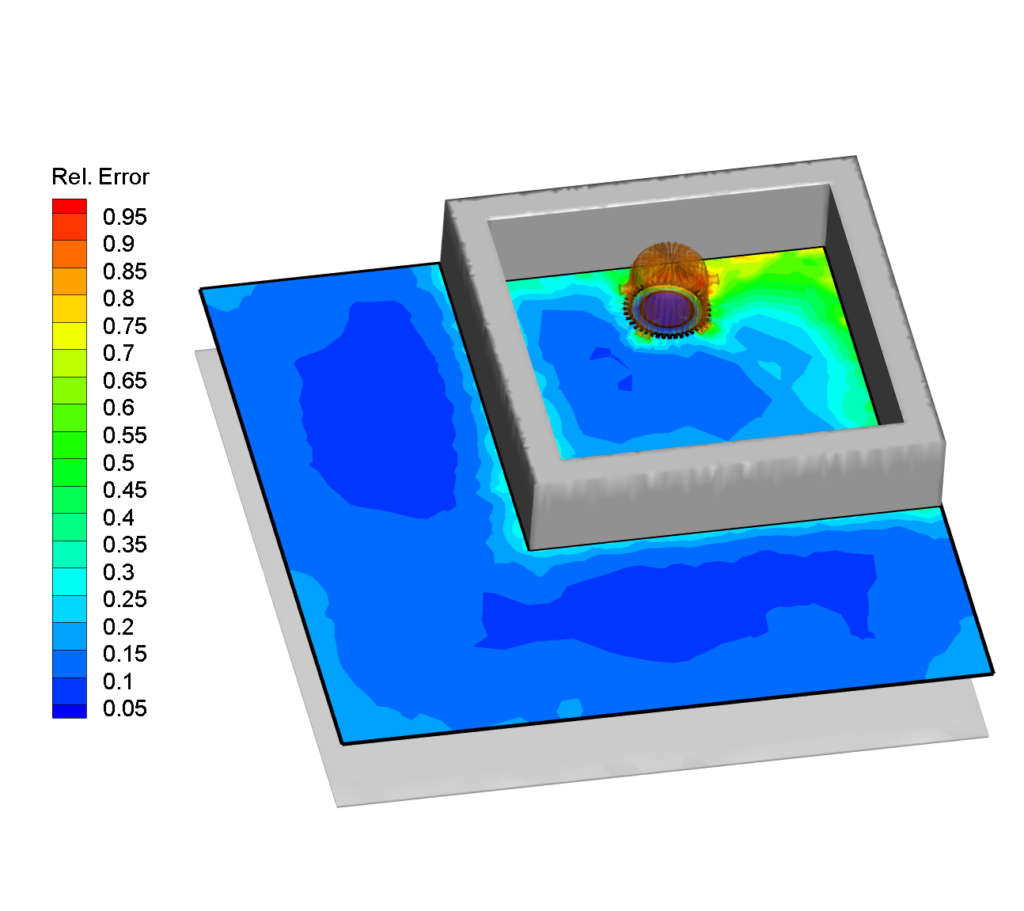
Attila4MC automatically converts the output from MCNP to the Tecplot 360 format, which is included as an option with Attila4MC. Through Attila4MC, global MCNP solutions can be visualized directly on the unstructured tetrahedral mesh, allowing locally adaptive, body-fitted visualization not possible with traditional Cartesian mesh tallies. Additionally, the Attila4MC GUI supports the setup of tetrahedral mesh based tally definitions, allowing quantities such as flux, energy deposition, or user defined response functions to be output for each tetrahedral element. Statistical uncertainties can additionally be output, allowing users to visually assess local and global solution convergence.
Solutions can be visualized through a broad range of methods, including section planes, contour plots, iso-surfaces, and animations. Collectively, these features provide users with valuable solution field insight, which can be used to make more informed design decisions, verify that the calculation was correctly setup, and effectively convey solution data to third parties.
